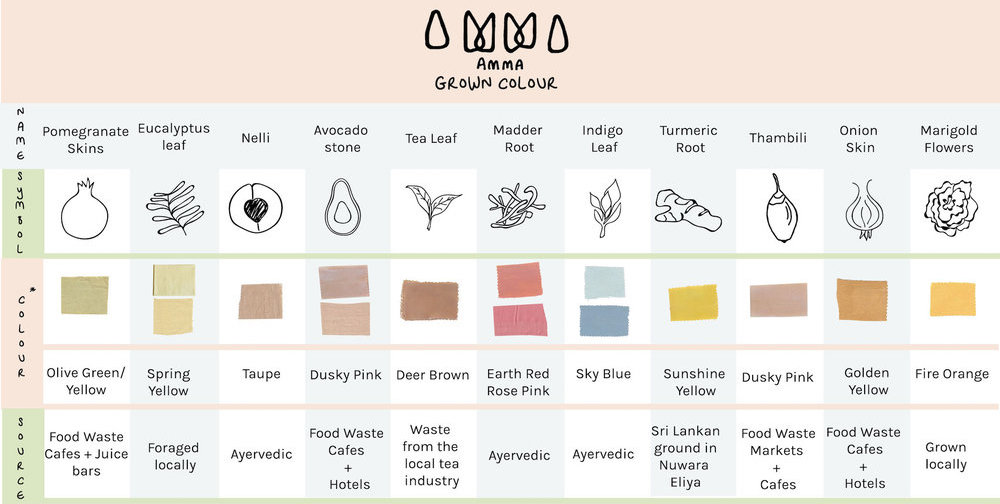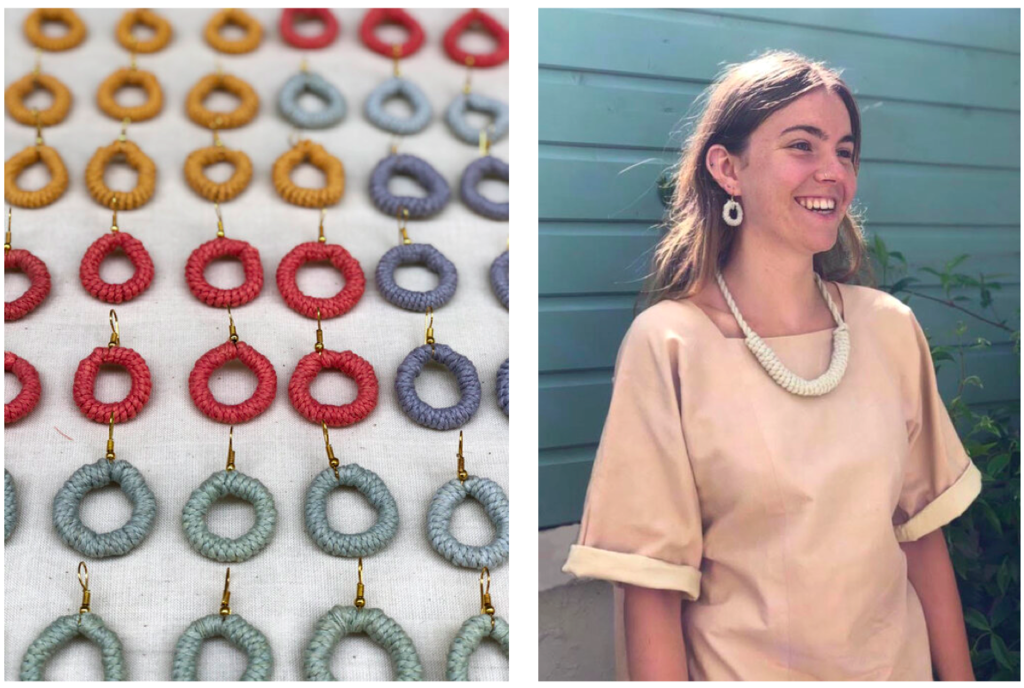Colour forms an essential and inherent part of the fashion industry and has done for thousands of years. The dyes used to be from natural sources such as plants or foods. The industrial revolution of the late nineteenth century was a catalyst for the invention and adoption of synthetic dyes.
To achieve colour on an industrial scale dyeing processes use chemicals, many of which are harmful. Oeko-tex standard notes that 50% of commercial dyes contain Azo bonds which are classified allergies and have also been linked to cancer forming properties.
Dyeing also tends to be a water intensieve process. The most common methods involve immersing fabrics in large vats in a mixture of water, chemicals and dye. The preparation and final treatment processes such as (scouring, bleaching, mordanting and setting) can also be water intensieve. As a result the chemicals used can easily end up in waterways after the process. It’s estimated that as much as 20% of industrial water pollution is from fabric dyes and treatments! The World Bank estimates that in China 90% of the groundwater is polluted. The situation is worsened by the lack of regulation and the difficulty of tracing the polluting source. Clearly there is a need for better regulation but there are also some alternative approaches. For example a return to natural dyes or the relatively new air drying methods that have exciting potential.
Natural dyes are naturally biodegradable and have a much lower chemical loading on water systems. However natural dyes have their own set of issues and this is multiplied on an industrial scale. The processes still require water, mordants (which could be from natural sources) and if using plants then this requires land and growth of said plants. Societies have also lost much of the expertise passed down through generations on how natural dye and it’s idiosyncrasies.

If the idea of natural dyes has piqued your interest, then keep reading! You can try it home using AMMA’s beginner’s guide to dyeing! All you need to do is head over the AMMA site and sign up to their newsletter. AMMA’s name comes from the meaning of mother in Sri Lanka’s two native language’s Sinhala and Tamil. AMMA is a social enterprise based in Sri Lank’s tea region that employs local women, many of them mothers. They are paid fairly and the profits are reinvested back into the local community.
It was founded in 2017 by Josie Mackenzie, natural dye enthusiast and Central Saint Martins graduate. AMMA uses food waste and plants to colour natural fabrics which produce beautifully dyed garments and accessories in yellow, pink, grey, blue and green hues. AMMA have recently launched their Spring Summer 2020 collection and you can shop their range of accessories and garments now!

Pictures courtesy of: https://www.ammasrilanka.com/